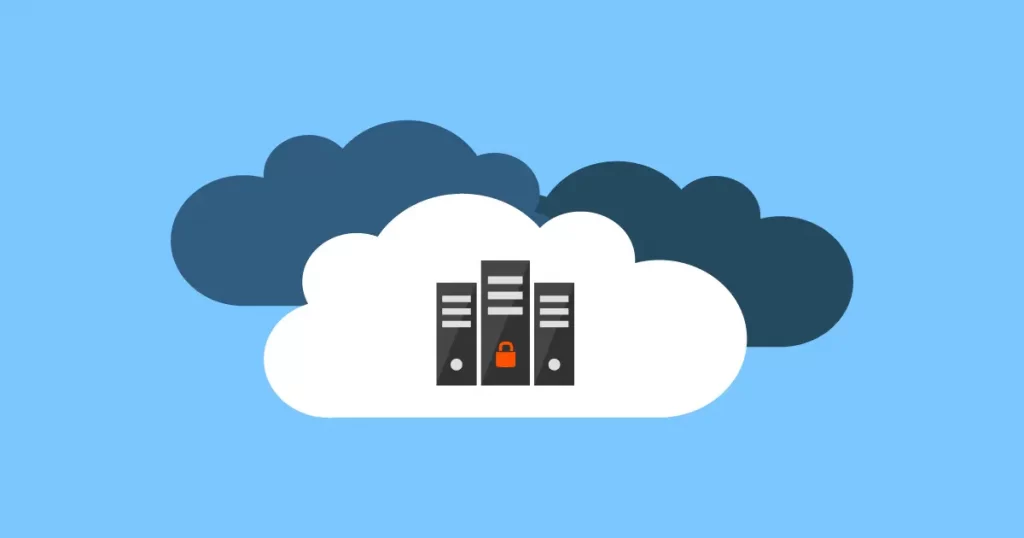You may understand the value of migrating to the cloud, but you might not understand enough about cloud security to feel entirely comfortable. Don’t worry. You’re not alone. According to a recent (ISC2)2 Cloud Security Report, 94% of organizations are moderately to extremely concerned about cloud security.
The critical thing to remember is that while the approach to cloud security is different than on-premises, it doesn’t mean it’s more difficult.
On-premises solutions add significant value to north-south traffic, but traditional methods like firewalls can’t always keep up with evolving threats. In the cloud, visibility on east-west traffic(what’s happening within your network), in addition to north-south, is paramount to detecting threat actors before they wreak havoc.
Let’s take a look at how to design your security strategy to maximize visibility so you can minimize vulnerabilities.
Security by Design
Too often, security is left until the end of the development and migration process. When developers deploy with security as an afterthought, security teams typically use various point products (108 on average) to manage vulnerabilities to prevent data breaches or hefty compliance fines.
A security-by-design or DevSecOps approach enables a smoother on-premises-to-cloud transition by encouraging collaboration between SecOps and DevOps teams to ensure security from migration to expansion that supports, instead of hinders, innovation.
As DevSecOps continues to go mainstream, the benefits of the approach are showing. In 2020, a GitHub DevSecOps survey found that 93% of security professionals said developers caught 25% or fewer bugs. However, as teams continue to shift left (up by 5% to 70% overall), the number of disgruntled security professionals plummeted to 45% in 2021.
Comprehensive Cloud Security
Part of encouraging more transparency and communication between IT security and developer teams is choosing a cloud security solution that meets the needs of everyone involved. The best way to achieve this is with a security services platform.
A well-designed platform consolidates security services vital for SecOps and DevOps teams, from cloud workloads to containers, serverless applications, file storage, open-source risks, cloud networks, cloud posture and compliance. It will also help you shift security left, introducing security checks and validation at the first step in the infrastructure build process. Implementing security guardrails early in the pipeline before or while developers migrate to the cloud helps them hit the ground running, so they can build and deploy quickly and securely.
A platform also provides you with the flexibility to choose, which aligns with the security-by-design approach. With a platform, you can choose the cloud (hybrid or multi), the environments (public, private, virtual), the cloud services and the tools necessary to meet your organization’s objectives securely.
A Powerful, Flexible Solution
While there are many platform solutions on the market, not all platforms are created equal. Trend Micro Cloud One™ is a security services platform designed to tackle cloud vulnerabilities for SecOps and DevOps teams, simplifying cloud security before, during and after your migration to the cloud, with:
- Greater visibility: No more siloed views from various point products. Increase visibility into security risks hidden in open source code and strengthen security procedures that affect application development and productivity.
- Developer-friendly tools: Deploys via infrastructure as code (IaC) to ensure the most secure and compliant templates are used. Maintain development speed with Application Security, which provides detection and protection for apps and APIs built on your container, serverless and other computing platforms.
- Extensive automation: Benefit from automation within every solution, such as automated file and open source code scanning and auto-remediation or automatic post-scan actions.
- Streamlined compliance: Conformity (cloud security posture management) takes care of compliance headaches with continuous scans against hundreds of best practice and compliance checks across a broad range of regions and industries.
- Defense in depth: Workload Security protects your new and existing workloads with machine learning, virtual patching, integrity monitoring and more. You can stay ahead of the curve with insights into the latest threats thanks to Trend Micro™ Zero Day Initiative™, the world’s largest bug bounty program.
- Complete cloud security: Combine seven Trend Micro Cloud One services to address all cloud security needs – like Conformity (cloud security posture management), Workload Security, Container Security, Network Security, Application Security, File Storage Security and our newest addition, Trend Micro Cloud One – Open Source Security by Snyk.
Trend Micro Cloud One provides the breadth, depth and innovation required to meet and manage your cloud security needs today and in the future. With seven cloud security components under the Cloud One umbrella, you can protect some aspects of your cloud environment or all of it. Go hands-on and learn how to protect any or all of these elements with a free 30-day trial of Trend Micro Cloud One.
Andrew Stevens Director of Product Marketing, Trend Micro
